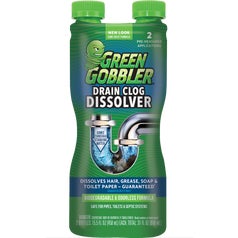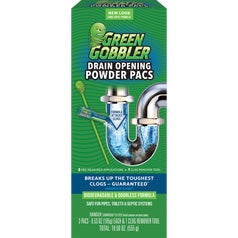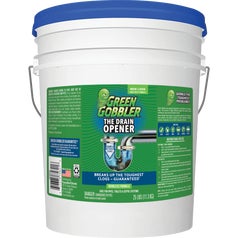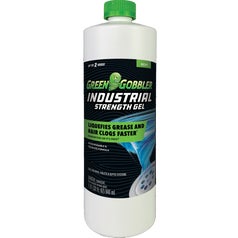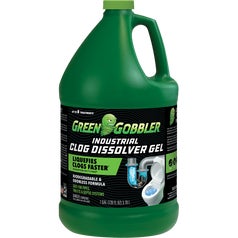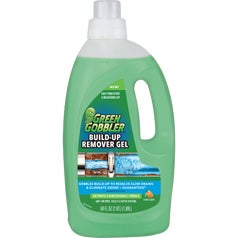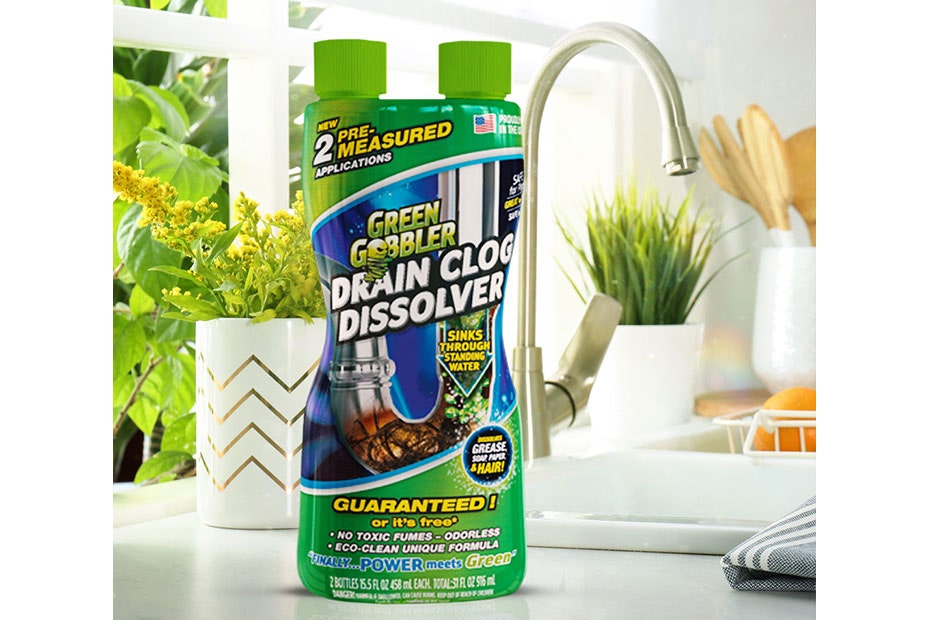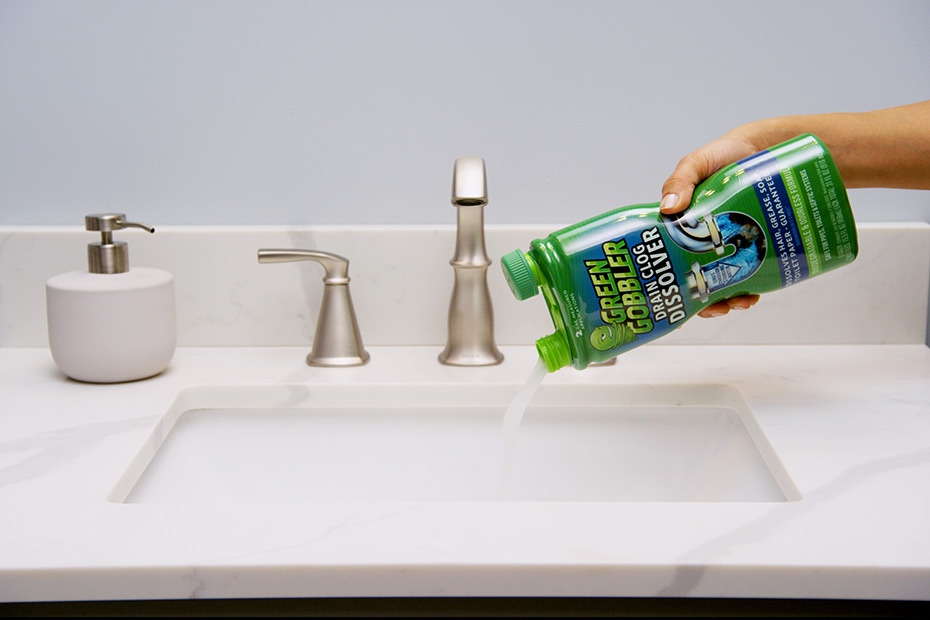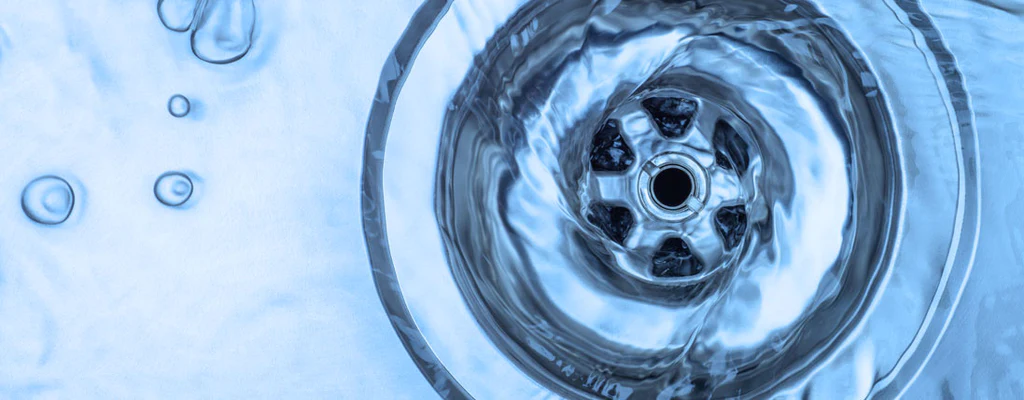

Cleaning your kitchen isn't fun. Neither is cleaning your bathroom. But you have to do it. These two areas can get pretty messy if you don't stay on top of them. However, we all forget about one small problem that can snowball over time in both kitchens and bathrooms: the ever-daunting, super annoying drain clog.
If you're dealing with a drain clog and want a way to fix it, we have answers. Here's everything you didn't want to know about drain clogs. From the warning signs to common culprits to clearing them up, here's everything you did and didn't want to know about drain clogs.
The warning signs
The signs of a drain clog are pretty clear. If you smell something funky or rotten in your house (and it’s not coming from the fridge), it’s probably coming from your drain. The smell of a clogged drain isn’t as bad as a sewer odor, but it’s not as familiar as rotten food. So it might take a minute to deduce where it’s coming from.
Another sign is a slow drain. If water is starting to puddle at the bottom of your sink, you’re well on your way to fighting a nasty drain clog. Of course, not every drain clog takes weeks to form, but most do. So don’t ignore these warning signs, or you’ll be searching high and low for a drain clog remover.
The culprits of a drain clog
You can think of your drain pipes like a clogged artery; eat enough hamburgers and hot dogs (or in this case, throw them down the kitchen sink) and you’ll create a recipe for a drain disaster.
Cooking grease, solid soaps and oil are all fats that stick to the walls of your drain. These fats don’t dissolve with time. They need to be dissolved or removed physically before normal waterflow can resume. Until then, you’re literally stuck with a fat roadblock, which can lead to an actual “clogged artery” of pipes that need to be replaced.
In the shower, clogs form in a different way, usually through the balling up of hair in the drain. Since hair tends to catch and stick together, these clogs can form long, snake-like paths down the pipes, making removal very difficult.
Preventing and clearing drain clogs
Drain clogs are hard to clear, but hard does not mean impossible! Since nearly every clogged drain is the result of a lack of preventative drain maintenance, the steps you can take to keep them free and clear of debris are relatively simple:
- Dump any greasy, fatty food items in the garbage versus the disposal drain
- Remove any noticeable hair or debris from your shower drain after bathing or use a hair catcher
- Prevent other small items (shampoo caps, razor heads, etc.) from dropping into your sink or shower drain
If you can’t get your family to follow some of these measures, there are ways to get rid of clogs that don’t require an expensive plumbing bill or any technical know-how. Not everyone has the time, energy or money to get on their hands and knees to snake a drain or call a plumber and potentially spend hundreds of dollars for a small clog.
For those with more of a DIY in mind, here are a few ways you can work to remove a clog in an emergency situation, you can try using a bent wire hook or drain snake to fish out the clog. Or you can just our Green Gobbler Drain Clog Dissolver, which can liquefy organic materials like hair, toilet paper and soap scum that might be blocking the drain. The formula is odorless and biodegradable, so you don’t have to worry about pouring a caustic chemical down the drain.
With non-caustic and septic-safe natural options, you’ll be assured a clean, clog-free drain and no expensive pipe replacement bills. Now that’s handy, man!



















